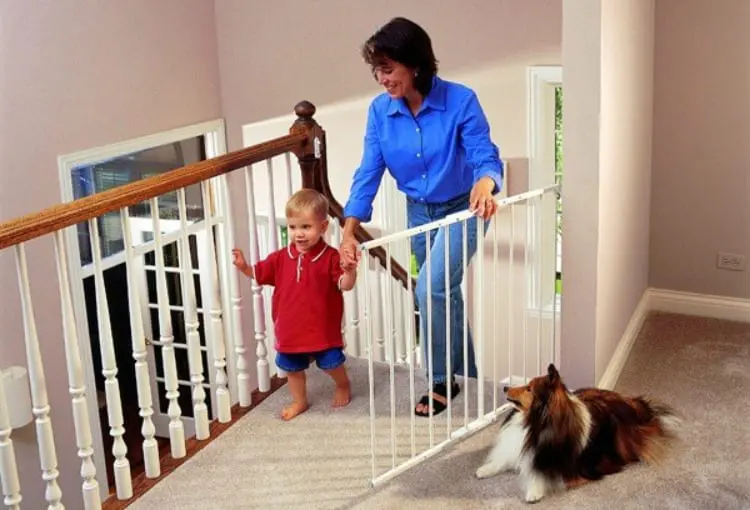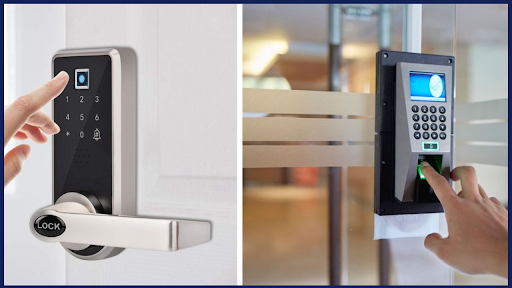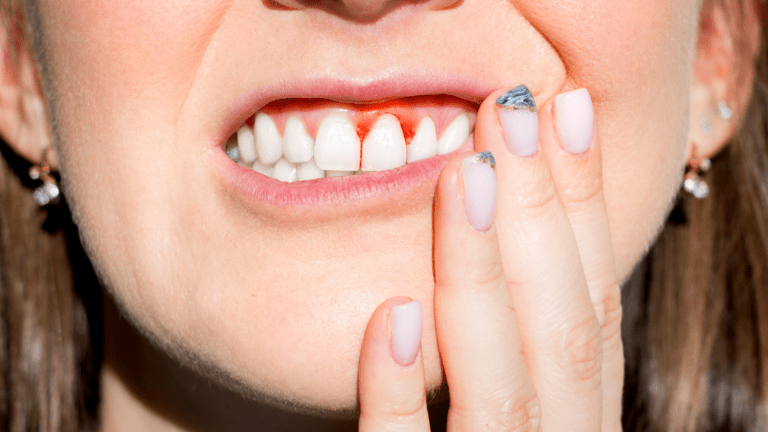How Bird Netting Works for the Pigeon Problem

Pigeons can be a disturbance when they assemble in huge numbers. The birds can be noisy, cause damage, create a lot of chaos, and carry bacteria and mites. Bird netting is the best way to combat this problem. It is a low-profile and affordable solution to the pigeon problem.
Working process
If your business property or home is plagued by pigeons, then netting is a wise investment. But it is only effective if you choose the right nets. The experts at OvoControl can help you understand how bird netting works. Registered by the EPA, they specialize in pigeon control techniques and bird management tools.
Bird netting prevents the pigeons from entering protected areas by building a physical barrier. It stops the pigeons from going through the net, making it harder for them to roost and land on it. Often, netting is complemented and combined with other bird evading methods.
Bird netting does not spoil the aesthetic of the area as it blends in very well with the façade of the building and is invisible from a distance. So, you do not have to worry about spoiling the beauty of the building. Besides, it is eco-friendly and silent as it does not operate on power.
Material structure
The bird netting is made of nylon that is fixed to a pre-tensioned wire rope. It comes with fittings that are made of durable galvanized steel or stainless steel. It can withstand any harsh weather conditions. You can also fix the netting to the building with masonry clamps and bolts. Sometimes further structures may be needed.
Oriented netting and extruded netting are the types of bird nettings available. Oriented netting is a lightweight and high tensile bird net used for horizontal uses. It is stretched under tight conditions. Extruded netting is a stable bird net where the size of the hold is constant. It is manufactured in a continuous process, unlike a woven product.
Oriented netting applications include protection from nuisance or predatory birds, pond or crop coverings, and protection from airborne debris. Extruded netting applications include pen walls, water separation, and filtration. Both oriented and extruded netting are made from either polypropylene or polyethylene.
Netting installation
Before the netting installation, it is critical to survey the area thoroughly to choose the right hardware needed to suit the building concerned. This will be based on whether the wire is installed into concrete, steelwork, or wood. In many cases, it involves installing the clips and bolts into different materials.
The expanding eye bolts are used to install the corners of the net by drilling the bolt into a hole. Then the immediate fixings that hold the wire to the structure are installed to ensure the net does not leave any large gaps through which the pigeons can enter. Thereafter, the retaining wire is tensioned and attached to the net.
The mesh netting is hog ringed to the wire to ensure the complete security of the area. The pigeon netting is constantly tensioned and stretched to ensure that it is square. To access the back of the neck, you can use either the stainless steel clip or the bird net zip.
Caution recommended
The installation of pigeon netting is a complex process because it requires a wide range of materials and tools. It will be necessary to use a specialist to undertake the installation unless you are prepared to research or the place to be protected is small. Nevertheless, you must thoroughly explore where you can source the best products.
In many cases, netting is done at a height that is hard to access. Therefore, it is essential to ensure that access equipment, such as a scissor lift, is available. You should also consider the safety and health aspects. A risk assessment should be undertaken before starting installation.
The principle of installing netting is to completely exclude the pigeons from the area. Hence, the installation should be done to a high standard as per the recommendations of the manufacturer. The installation needs to be done with no gaps big enough for the pigeons to enter that area.
Practical applications
Apart from domestic properties, bird netting is also used for bridges, sports stadiums, warehouses, eaves, underpasses, rafters, commercial units, and factories. Netting is also used in recesses, alcoves, and balconies. Nothing about bird netting installation can harm the pigeons, so it is a humane solution.
For the protection of roofing areas, the netting is done on a suspension system. Regular maintenance is crucial where roof areas are concerned. The roof netting should not be allowed to become baggy or stretch. Otherwise, it will lie on the ridge tiles or the roof tiles, and the pigeons can then perch on top.
Care must be given to netting installations for areas such as the rear courtyard where the area is under construction, as it can be accessed by the workers. Make sure they do not cut through the netting to get access to the equipment or plant. If they do that, it will defeat the whole purpose, and your investment will go to waste.
Similar Posts:
- None Found









